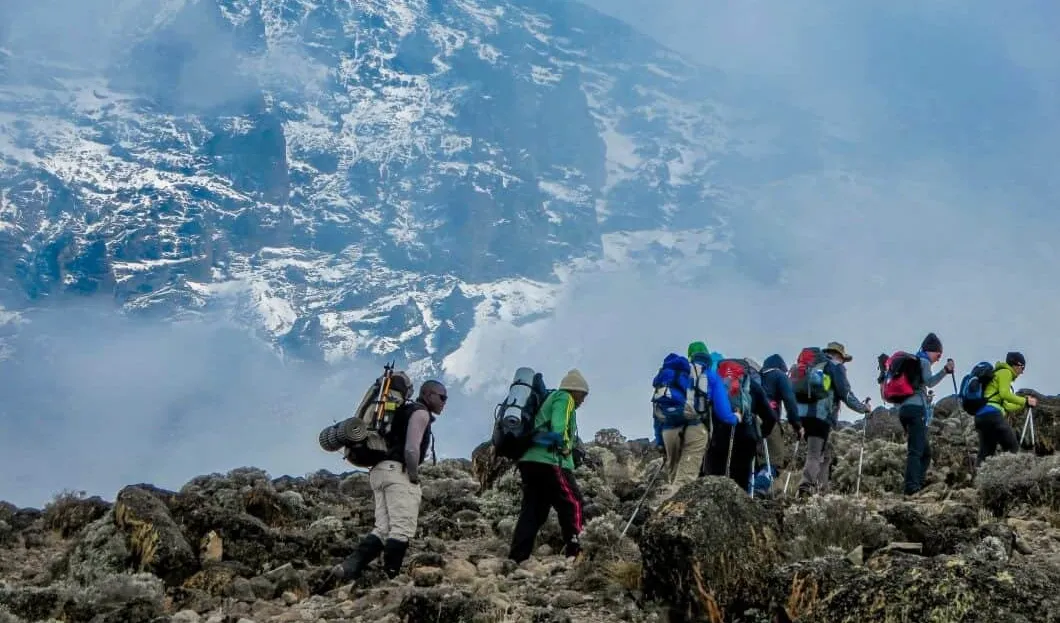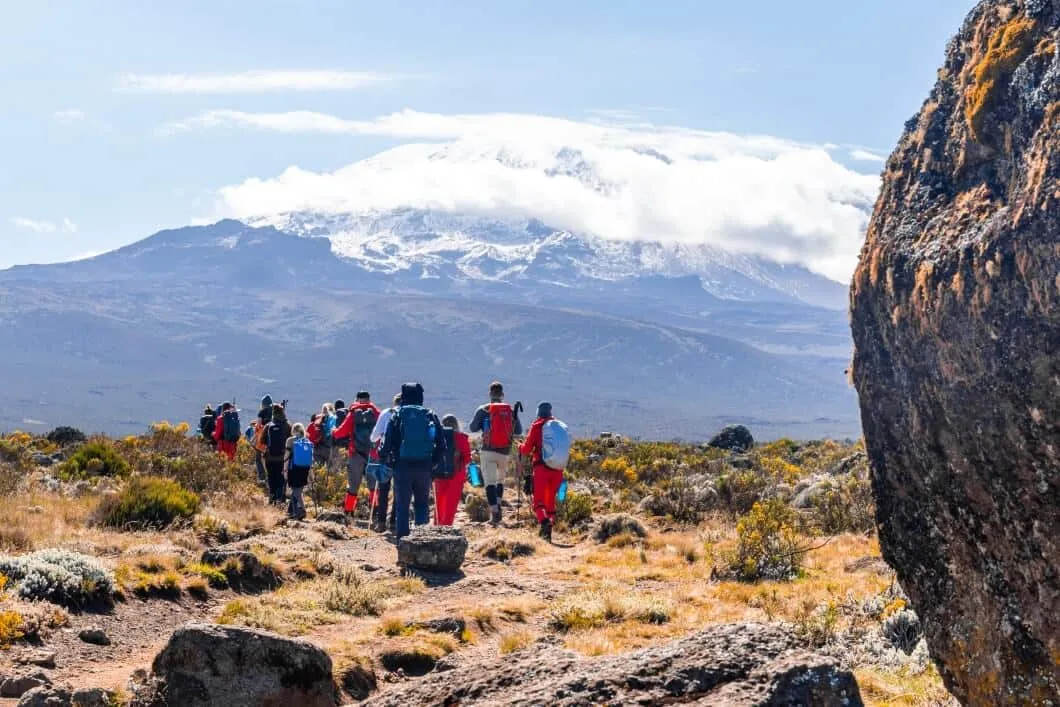
Hiking Kilimanjaro is a once-in-a-lifetime experience that requires careful planning and preparation. As such, it is crucial to seek expert advice to ensure a successful and safe climb. Here are some key tips from climbing experts at Climbing Kilimanjaro Company
Embarking on a journey to summit Kilimanjaro, the highest peak in Africa, requires some basic training to make it easier, safer, and ultimately more enjoyable. As someone who has climbed the mountain before, I can attest to the importance of being well-prepared. In this article, we will discuss seven crucial tips for training and preparing for a successful Kilimanjaro summit.
Choose a Longer Rout
When it comes to climbing Kilimanjaro, the longer the route, the better the chances of success. Opting for a longer route will allow for better acclimatization and increase the chances of reaching the summit. Consider taking a 6 or 7-day route, or even a 10-day itinerary for the best chance of success.

Get Mountain Fit
Being in good physical condition is crucial for a multi-day trek like Kilimanjaro. While gym sessions can help, there's no substitute for actual mountain time. Start with day hikes carrying a small backpack, gradually increasing distance and weight. Aim for covering 25km in a day and carrying around 10kg. Completing a couple of multi-day treks before the climb can also help prepare the body for consecutive days of hiking.
Don’t Skimp on Cardio
Altitude sickness is a common issue on Kilimanjaro, and proper cardio preparation can help alleviate symptoms. Incorporate running, swimming, or cycling into your workout routine at least three times a week for at least 8 weeks before the climb. Focus on increasing your distance and building up stamina. Strength training for your back, shoulders, and core can also be beneficial.
Invest in Appropriate Gear
Proper gear is essential for a successful climb. Invest in warm, waterproof clothing that can be easily layered, as well as sturdy hiking boots. Take the time to test and break in your gear before the climb to ensure comfort and functionality. A detailed packing list and checklist can be found online through Kilimanjaro guides such as Climbing Kilimanjaro.
Be Aware of Altitude Sickness
Altitude sickness can strike anyone on Kilimanjaro, especially after surpassing 2,400m. To acclimatize your body, try taking trips to higher ground before the climb if possible. It's crucial to recognize the symptoms of altitude sickness and have a plan to alleviate them. Guides can provide information on acclimatization and how to handle altitude sickness.
Hydrate, Hydrate, Hydrate
Staying hydrated is vital for a Kilimanjaro climb. Aim to drink at least four liters of water a day and carry two liters in your daypack. Rehydrate in the mornings and evenings with tea. Stick to lightweight, insulated water bottles for summit day, as hydration bladders may freeze in the cold.
Take it Slow
A common mistake is to rush up the mountain in an attempt to reach the summit quickly. This approach is not only dangerous but can also lead to altitude sickness and failure to summit. Take slow, short steps and take plenty of breaks to allow for proper acclimatization and conserve energy.
Choose the Right Kilimanjaro Operator
Finally, to ensure a safe and successful climb, make sure to choose a reputable Kilimanjaro guide or operator with experienced guides, good safety records, and proper equipment. They can provide invaluable guidance and support throughout the journey.
With these seven training tips, you'll be well on your way to a successful Kilimanjaro summit. Remember to take your time, stay hydrated, and listen to your body to reach the "roof of Africa" with ease. After your climb you can add a few days and do a Tanzania safari










